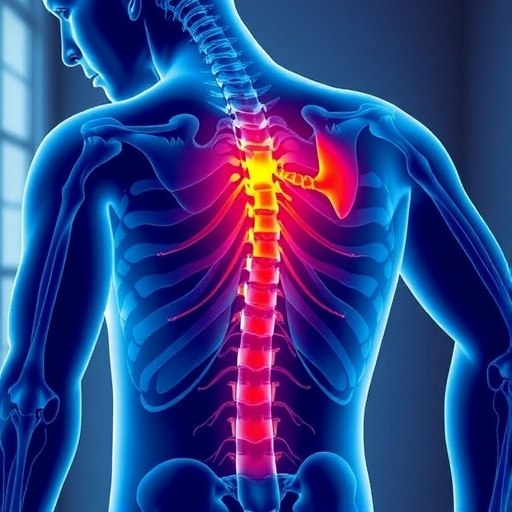Researchers at North Carolina State University have developed a technique for converting positively charged (p-type) reduced graphene oxide (rGO) into negatively charged (n-type) rGO, creating a layered material that can be used to develop rGO-based transistors for use in electronic devices.
"Graphene is extremely conductive, but is not a semiconductor; graphene oxide has a bandgap like a semiconductor, but does not conduct well at all — so we created rGO," says Jay Narayan, the John C. Fan Distinguished Chair Professor of Materials Science and Engineering at NC State and corresponding author of a paper describing the work. "But rGO is p-type, and we needed to find a way to make n-type rGO. And now we have it for next-generation, two-dimensional electronic devices."
Specifically, Narayan and Anagh Bhaumik — a Ph.D. student in his lab — demonstrated two things in this study. First, they were able to integrate rGO onto sapphire and silicon wafers — across the entire wafer.
Second, the researchers used high-powered laser pulses to disrupt chemical groups at regular intervals across the wafer. This disruption moved electrons from one group to another, effectively converting p-type rGO to n-type rGO. The entire process is done at room temperature and pressure using high-power nanosecond laser pulses, and is completed in less than one-fifth of a microsecond. The laser radiation annealing provides a high degree of spatial and depth control for creating the n-type regions needed to create p-n junction-based two-dimensional electronic devices.
The end result is a wafer with a layer of n-type rGO on the surface and a layer of p-type rGO underneath.
This is critical, because the p-n junction, where the two types meet, is what makes the material useful for transistor applications.
###
The paper, "Conversion of p to n-type Reduced Graphene Oxide by Laser Annealing at Room Temperature and Pressure," is published in the Journal of Applied Physics. Bhaumik is lead author. The work was done with support from the National Science Foundation.
Media Contact
Matt Shipman
[email protected]
919-515-6386
@NCStateNews
############
Story Source: Materials provided by Scienmag




